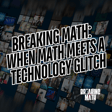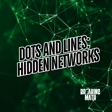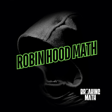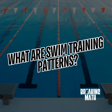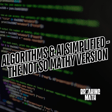
What's the Use? Interview with Professor Ian Stewart
Welcome to another engaging episode of the Breaking Math Podcast! Today's episode, titled "What is the Use?," features a fascinating conversation with the renowned mathematician and author, Professor Ian Stewart. As Professor Stewart discusses his latest book "What's the Use? How Mathematics Shapes Everyday Life," we dive deep into the real-world applications of mathematics that often go unnoticed in our daily technologies, like smartphones, and their unpredictable implications in various fields.
We'll explore the history of quaternions, invented by William Rowan Hamilton, which now play a critical role in computer graphics, gaming, and particle physics. Professor Stewart will also shed light on the non-commutative nature of quaternions, mirroring the complexities of spatial rotations, and how these mathematical principles find their correspondence in the natural world.
Furthermore, our discussion will encompass the interconnectivity within mathematics, touching upon how algebra, geometry, and trigonometry converge to paint a broader picture of this unified field. We also discuss the intriguing concept of "Fearful Symmetry" and how symmetrical and asymmetrical patterns govern everything from tiger stripes to sand dunes.
With references to his other works, including "Professor Stewart's Cabinet of Mathematical Curiosities" and "The Science of Discworld," Professor Stewart brings an element of surprise and entertainment to the profound impact of mathematics on our understanding of the world.
So stay tuned as we unlock the mysteries and the omnipresent nature of math in this thought-provoking episode with Professor Ian Stewart!











